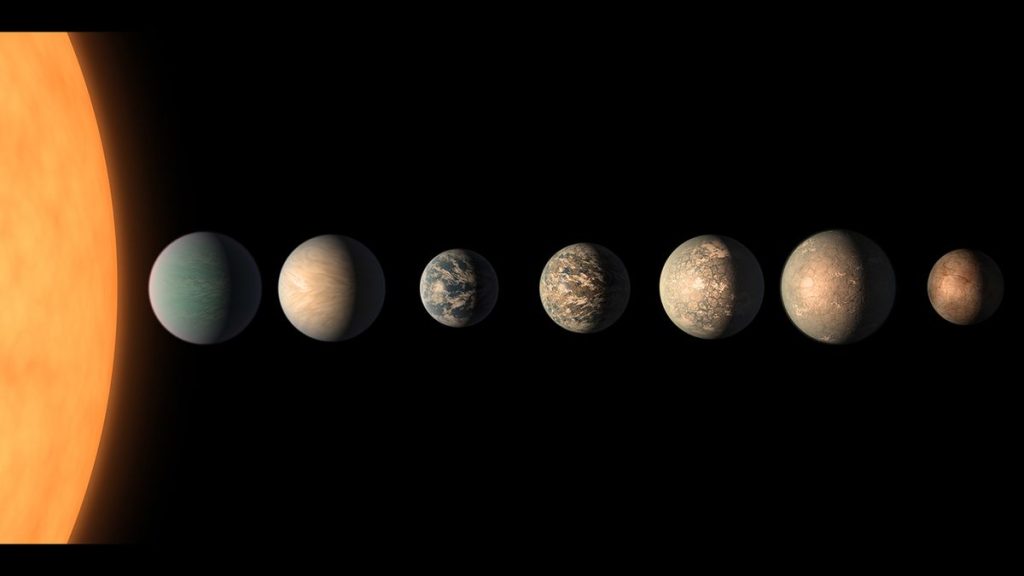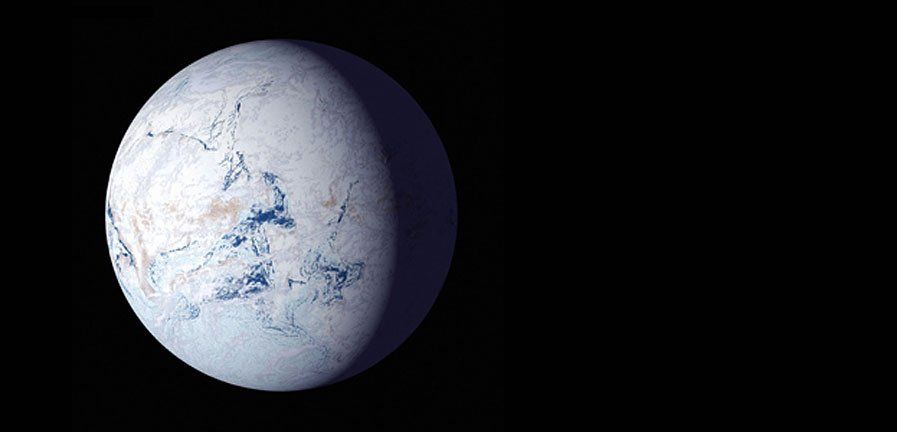
How mass extinctions can help scientists find complex alien life (Image Credit: Space.com)
Throughout its 4.5 billion-year history, Earth has endured numerous mass extinctions, each of which has wiped out more than three-quarters of the planet’s species and greatly reduced its biodiversity. These contractions in Earth’s overall biodiversity can be triggered by both nonliving processes, such as volcanic eruptions or asteroid collisions, and living processes, such as organisms’ altering of Earth’s atmospheric chemistry.
Yet life often bounces back. In fact, in the long term, life on Earth has trended toward increasingly complex forms and ecological organization in spite of these somewhat regular setbacks.
Periods of stress and their resulting mass extinctions pose an existential threat to life as a whole on the planet. However, in a paper published to the preprint database arXiv in May, researchers make the case that, in the long run, drastic alterations in Earth’s environment create opportunities for evolutionary exploration and tend to enable more biodiversification and populous, stable states among surviving species, compared with more tranquil periods. On scales of tens of millions to hundreds of millions of years, life as a whole may actually become more resilient because of these events, the authors propose.
Related: Did a supernova cause Earth’s mass extinction 360 million years ago?
“These events can either be a catastrophe or the best thing that has happened to our planet, depending on what point of view you are taking,” Arwen Nicholson, a planetary scientist at the University of Exeter in the U.K. and co-author of the paper, told Space.com.
The history of life on Earth
In the new paper, the authors adopt what is known as a “Gaian” perspective of life and its relationship to Earth. The theory proposes that life interacts with and modifies nonliving processes on Earth, such as the carbon cycle, to maintain — and even improve — conditions for life on the planet as a whole. An analogy for this relationship is how our bodies maintain homeostasis to regulate physiological variables that are essential to our survival, such as body temperature and blood glucose levels.
In this way, life is seen to co-regulate physical processes on Earth as a goal of maintaining conditions on the planet that are conducive to life — planetary homeostasis, if you will.
A potentially significant problem for this view, though, is that life doesn’t always create conditions that are beneficial to life as a whole. Take, for example, the Great Oxidation Event, which occurred sometime between 2.4 billion and 2.1 billion years ago. This event, which was caused by the evolution of photosynthetic cyanobacteria that pumped unprecedented levels of oxygen into Earth’s early atmosphere, drastically altered the surface chemistry of our planet.
“At the time, it would have been a big shock to the majority of organisms living on the planet because oxygen can be so toxic because of its reactivity, but that’s also why it’s useful to us,” Nicholson said.
In that era, the vast number of adapted anaerobic species — those that could not tolerate the high-oxygen environment — went extinct. “The deep oceans weren’t oxidized by this point, and they likely gave refuge to life that wasn’t used to oxygen,” Nicholson said. If life, according to the Gaian perspective, is meant to generate conditions that are favorable to Earth’s overall habitability, why mass-produce an element that is toxic to most life?
In their paper, the authors noted that although this may have been a problem for life in the short term, this period of self-imposed stress also could have enhanced life’s resilience in the long run. That’s because the evolution of eukaryotic and multicellular life was enabled by the higher oxygen concentrations, which allowed for aerobic respiration to become dominant and resulted in far more available energy for life.
Life also rebounded after subsequent periods of stress, such as when Earth underwent mass glaciation events where the planet was almost entirely covered in snow.
“We had periods of time when Earth was frozen during the Proterozoic (2.5 billion to 541 million years ago), an extreme environment, but life survived,” Nicholson said. “And it’s very soon after the last complete glaciation that we have the Cambrian explosion, where life diversified and organisms that look like us start to emerge.”
All of this raises a question: Do these periods of stress pave the way for life to become more resilient and complex?
“Because life is always building on what came before, if life doesn’t go completely extinct, we see the system tend towards complexity,” Nicholson said. Even if the total population of organisms is reduced during an extinction event, whatever life is left over still has the evolutionary innovations, metabolisms and structures that were developed before. If the carrying capacity for life then opens up — say, after the melting of a snowball Earth — then life can build on its previous innovations to create more diversity and populations of organisms.
“Yes, there have been periods of upheaval, but we wouldn’t be here without them,” Nicholson said.

What does this mean for us now?
Human activity — through the emission of greenhouse gases into the atmosphere and the destruction of highly biodiverse environments, such as coral reefs and rainforests — represents a modern example of living systems imposing stress on Earth’s overall biosphere.
It might be tempting, then, to apply this argument to the current biodiversity crisis as a way of diminishing our responsibility — after all, life will survive in the long run. That might be the case, but it will almost certainly be bad news for us and the species we share the planet with.
These periods of stress often involve the collapse of “keystone” species in the global ecosystem. We need only look back at the asteroid-induced collapse of the dinosaurs to see what effect major perturbations in Earth’s environment can have on these keystone species. The reestablishment of biodiversity after such events also happens along tens of millions to hundreds of millions of years) — timescales that dwarf the short time Homo sapiens have been around.
“The main thing for us is that we like the way it is right now,” Nicholson said. “We are a species that has evolved to very specific conditions. We need a biosphere that supports us.”
What does this mean for complex life in the universe?
If periods of stress on life as a whole facilitate the trend toward increasing complexity in the long run, then this has interesting implications for our search for alien life.
Consider the slow evolutionary innovation during the “boring billion” — a roughly billion-year period, from about 1.8 billion to 800 million years ago, when fossil records show the temperature and chemical conditions on Earth remained relatively stable. However, evolutionary innovation — and with it, life’s ability to take on more complex arrangements — came to a relative standstill.
If evolutionary innovation and complexity are stunted during such stable states, it might make sense that, to find complex life, we should search for planets or moons that might undergo periods of stress, Nicholson said.
“Planets that undergo periods of stress might then be places more likely to host complex life, as biospheres had more opportunities to shift and adapt — that is, unless they go totally extinct,” she explained.
Luckily for us, the delicate balance between periods of stress and their regularity and intensity has allowed life to diversify into almost every ecological niche on the planet and for complex organisms such as our species to emerge. Perhaps, if we want to find other complex life, we should look not for a balmy oasis where nothing changes but rather a place where life would have to adapt, learn and overcome whatever the universe throws at it. What doesn’t kill life, as Nicholson and her co-authors suggest, may make it stronger.





